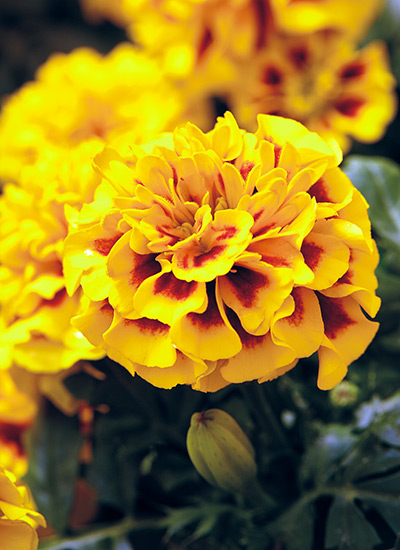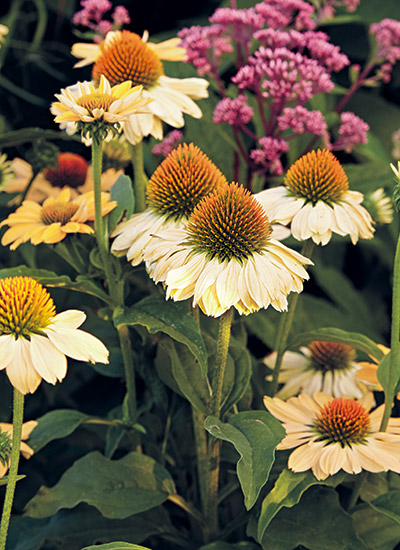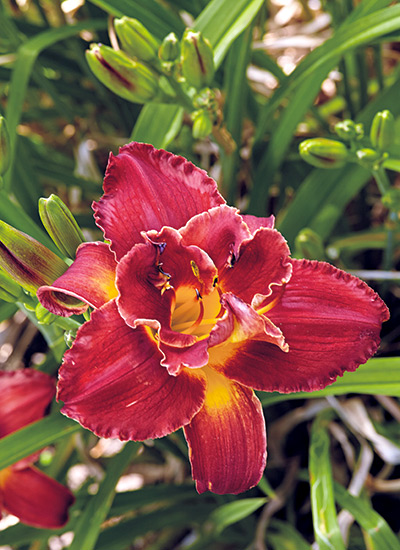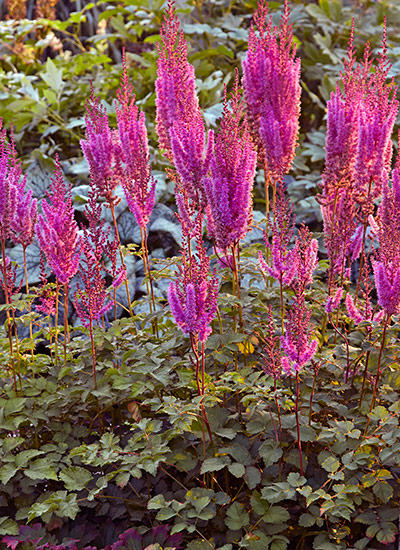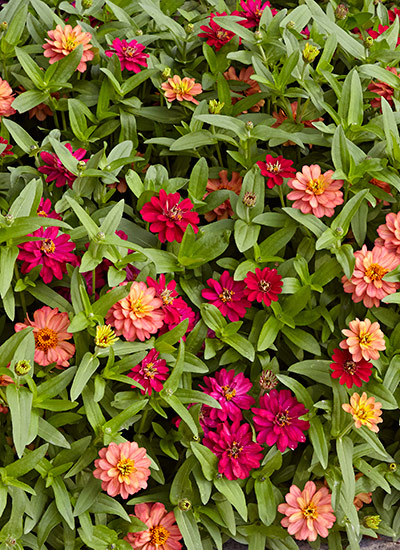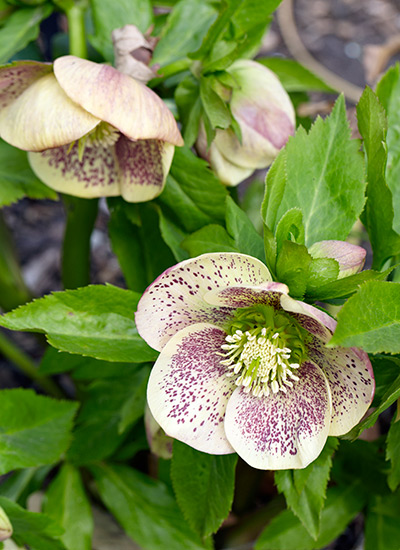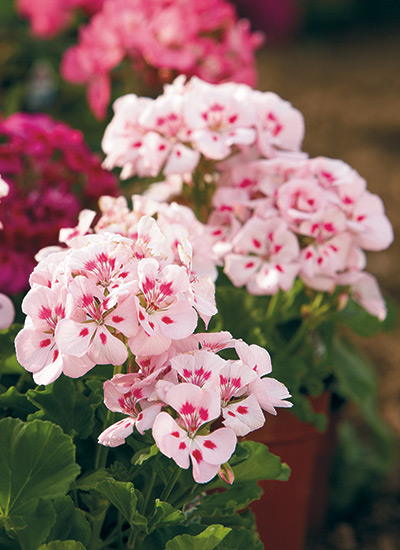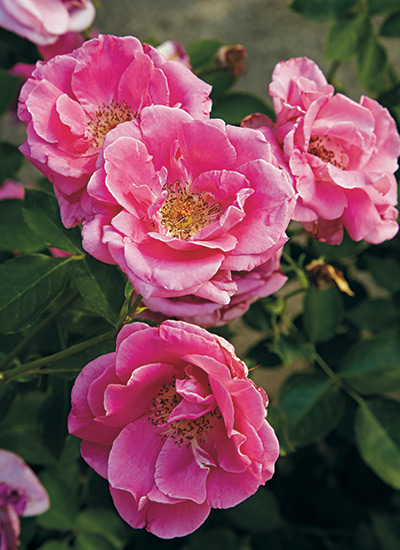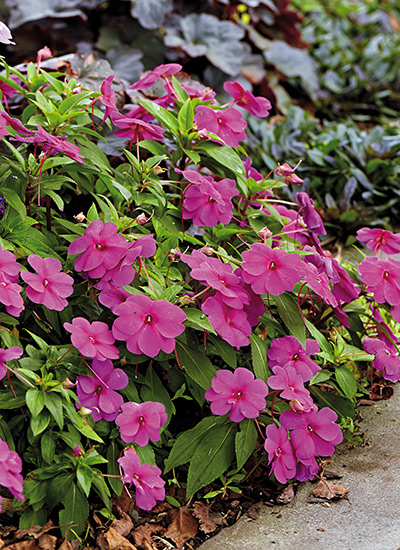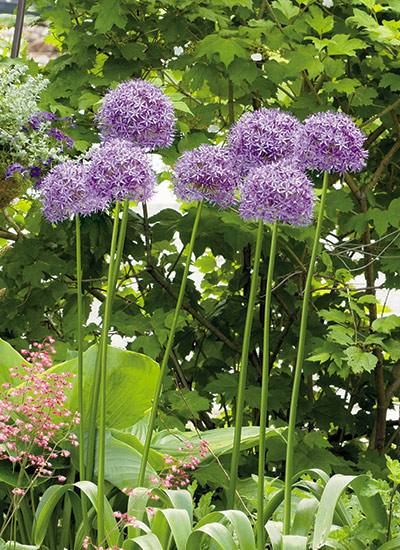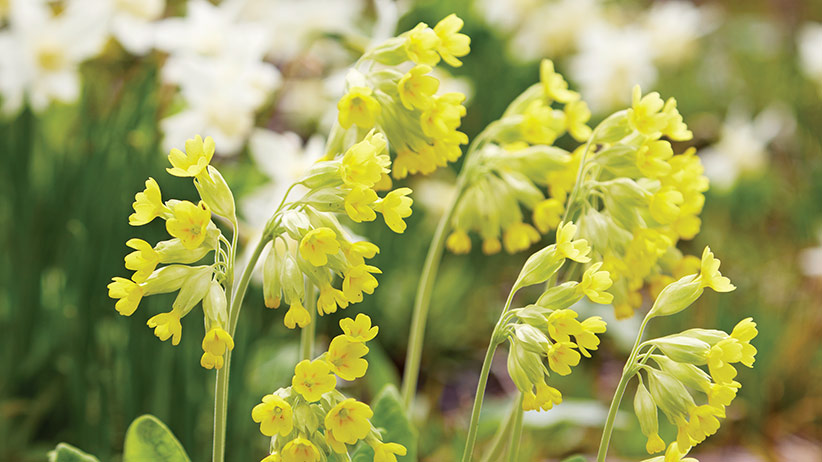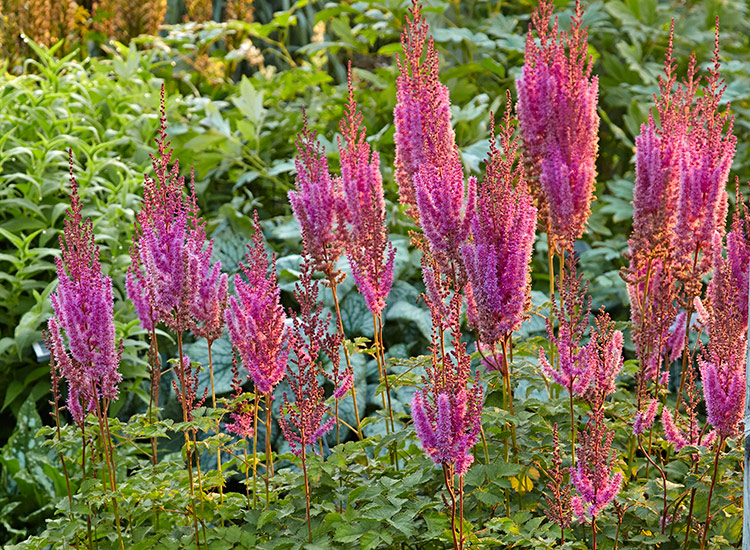
Looking for some easy flowers to grow? The dependable plants you’ll find here will add long-lasting color and reliable interest to your garden all season long, even if you only have a small amount of time to devote to them.
Easy flowers to grow = less work for you
Though the plants here are easy to care for, take tough conditions in stride and won’t demand much special attention, there are a couple of things you can do to guarantee they perform their very best.
Add mulch after planting
Once these easy to grow flowers are in the ground, spread a 2- to 3-inch layer of organic mulch, such as bark chips, to conserve moisture. Even if plants can handle dry weather and soil, this helps them maintain the most flowers and healthiest foliage throughout the season. Keep the mulch 3 to 4 inches away from the crown, or where the stems emerge from the soil, so the plant doesn't get too wet and rot. And besides the helping hang on to moisture, mulch cuts back on how often you need to water, too.
You Might Also Like:
Low-maintenance garden bed
Container plants that don't need deadheading
7 Easy plants to start from seed
Must-have pruning tools for every gardener
Make sure to fertilize
These easy flowers are going to be blooming a lot so make sure to provide plenty of nutrients for them. Just think about what your body needs to stay fueled and energized - food! To make sure your plants have plenty of what they need to grow and look gorgeous, scratch a shovelful of compost onto the soil’s surface or apply a slow-release fertilizer once in spring. On the other hand, don’t worry a lot - if you forget and don’t follow a close and regular fertilizing schedule, these easy flowers will grow just fine.
Now take a look at some of the easiest and most reliable blooms you can welcome into your garden in the gallery below.



